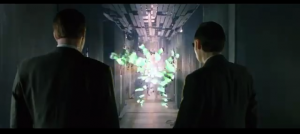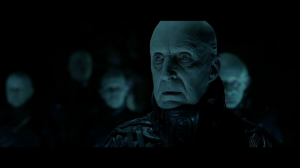“Plot Debt” consists of unexplained or nonsensical events, especially character choices, which an audience is led to believe will be justified later on. It is most prevalent in “puzzle-box” long-form media, such as TV shows. (“Lost”, q.v.) It can also appear in other media, e.g., the murder(er) of Owen Taylor in “The Big Sleep”.
The difference between Plot Debt and a Plot Hole is one of audience reaction and expectation; if the audience assumes that there is a reason for what is shown then we have the former, otherwise, the latter. Plot Debt can turn into a Plot Hole over time, but it is more common for unresolved Plot Debt to simply be forgotten as audiences lose track of the nonsense they expected to be explained later. (“Lost”, q.v.)
Occasionally, Plot Debt will be systematically paid down with explanations that incur more Plot Debt than they retire; this can lead to Narrative Hyperinflation and Plot Bankruptcy. (“Lost”, q.v.)








